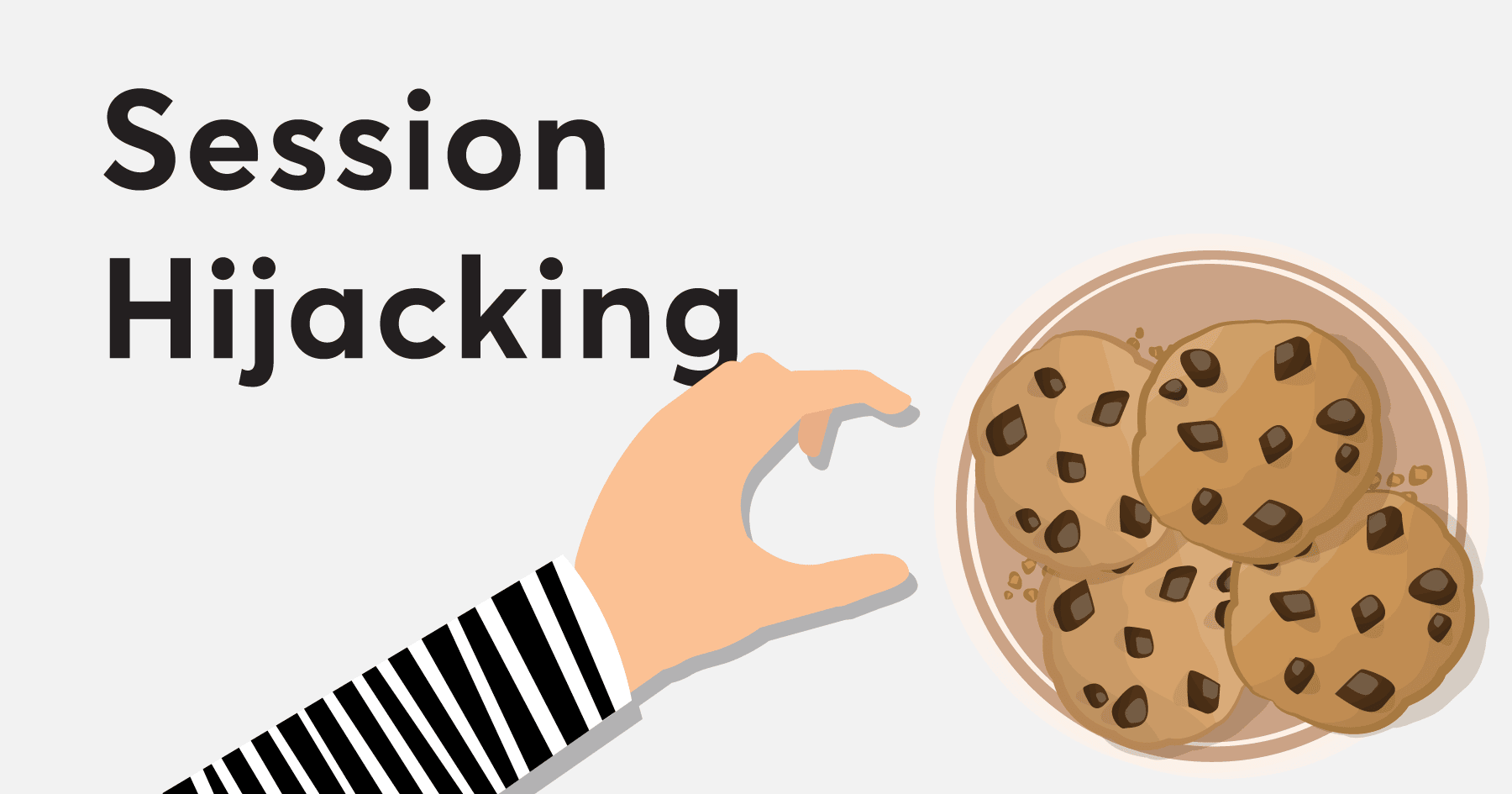

Introduction
The internet is filled with different types of cyber threats, and one such web-based attack is HTML Injection. It is a vulnerability that allows an attacker to inject malicious HTML code into a webpage, manipulating how it appears or behaves. This type of attack can lead to serious issues like data theft, fake login pages, and phishing scams.
In this blog, we will dive deep into HTML Injection, understand its types, and learn how to prevent it in a simple and easy-to-understand way.
What is HTML Injection?
HTML Injection happens when a website does not properly filter user inputs, allowing an attacker to insert harmful HTML code. This injected code can modify the page’s structure, display unwanted content, or even redirect users to a malicious website.
Imagine visiting a trusted website, but suddenly you see an extra login form that asks for your username and password. If this form was injected by a hacker, your credentials could be stolen.

Now, let’s explore the types of HTML Injection.
Types of HTML Injection
There are two main types of HTML Injection:
1. Stored HTML Injection (Persistent)
- This is the most dangerous type.
- The malicious HTML code is saved on the website’s database.
- It affects every user who visits the infected page.
Example:
Imagine a comment section on a blog where users can post comments. A hacker submits this:
<b>Hello, Click <a href='http://malicious-site.com'>Here</a> to claim your prize!</b>- If the website does not filter this input, every visitor will see this fake message.
- Users might click on it and land on a phishing page.
- The attack remains on the site until it is manually removed.
2. Reflected HTML Injection (Non-Persistent)
- This attack happens temporarily.
- The injected code is not stored in the database.
- It only works when a victim clicks a crafted link.
Example:
A hacker sends a fake login URL to a victim:
https://trusted-site.com/search?q=<h1>Hacked</h1>- If the site displays the search query without proper filtering, the Hacked message will appear on the page.
- Attackers use this trick for phishing scams.
How to Prevent HTML Injection?
Developers can protect their websites by using proper input validation and security measures. Here are some ways to prevent HTML Injection:
1. Use HTML Encoding
Convert special characters into safe formats:
| Character | Encoded Version |
|---|---|
| < | < |
| > | > |
| “ | “ |
| ‘ | ‘ |
This ensures that injected HTML is displayed as text, not executed.
2. Sanitize User Input
Use libraries like DOMPurify (for JavaScript) or htmlspecialchars() in PHP to remove unwanted HTML code.
3. Use Content Security Policy (CSP)
A CSP prevents browsers from executing malicious scripts.
4. Validate User Input
Allow only safe characters (letters, numbers) and reject HTML tags.
5. Use Security Headers
Enable security headers like X-XSS-Protection to block attacks in browsers.
Conclusion
HTML Injection is a serious web vulnerability that can harm both websites and users. By understanding its types and prevention methods, developers can create safer web applications. Always validate and sanitize user input to protect against cyber threats.
Stay safe, and keep learning about cybersecurity!







